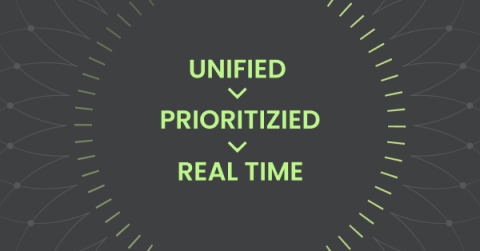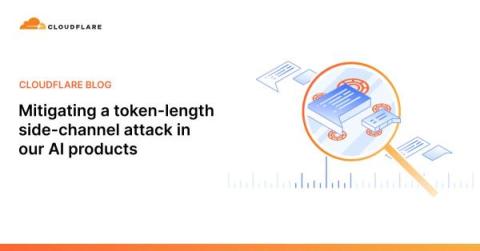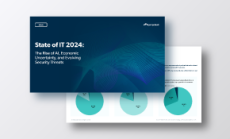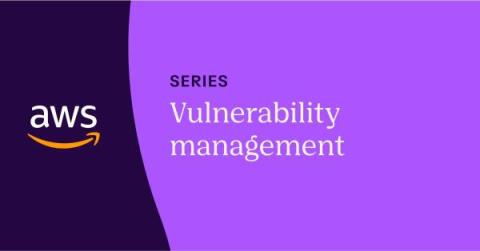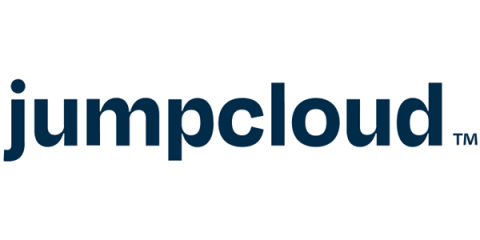Featured Post
SMEs Invest in Tech Opportunities but Risk Missing Security Safeguards
Across Europe, 100 million people are employed by small and medium-sized enterprises (SMEs). The UK has over five million SMEs, providing three-fifths of employment and £2.4 trillion in turnover. As a vital component in the national economy, SMEs must continue to invest in automation, technology-led innovation, and underpin this with strong security.




